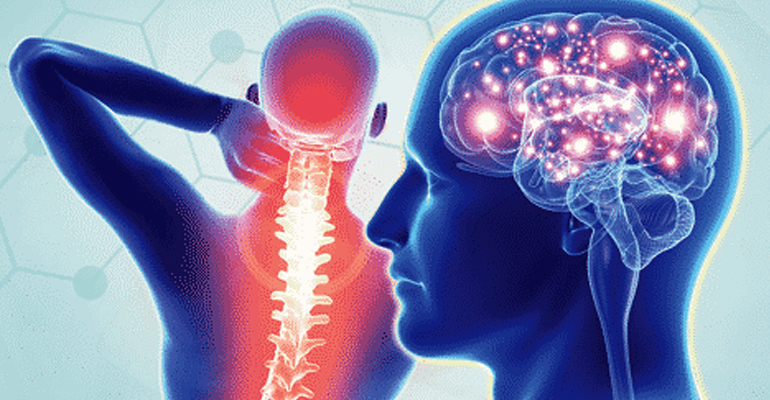

Head and spine trauma are serious medical conditions that can result from various accidents, falls, or injuries. Both head and spine injuries require prompt medical attention due to the critical nature of the structures involved. Here's an overview of head and spine trauma:
Concussion:
A concussion is a mild traumatic brain injury (TBI) caused by a blow to the head or a sudden jolt to the body. Symptoms may include headache, dizziness, confusion, and memory issues.
Contusion:
Contusions are bruises on the brain's surface caused by a direct impact. They can lead to swelling and increased pressure inside the skull.
Skull Fracture:
A break in the skull bone can result from a severe impact. Depending on the type and location of the fracture, it may require surgical intervention.
Intracranial Hemorrhage:
Bleeding within the skull can occur, causing increased pressure on the brain. Subdural hematomas, epidural hematomas, and intracerebral hemorrhages are examples.
Diffuse Axonal Injury (DAI):
DAI is a severe injury involving widespread damage to nerve cells in the brain. It often results from rapid acceleration or deceleration, causing the brain to move within the skull.
Spinal Cord Injury (SCI):
SCI involves damage to the spinal cord, which may lead to temporary or permanent changes in sensation, strength, or other functions. The severity depends on the extent and location of the injury.
Vertebral Fractures:
Fractures of the vertebrae can occur, affecting the stability of the spine. Common types include compression fractures, burst fractures, and flexion-distraction injuries.
Whiplash:
Whiplash is a neck injury commonly resulting from a sudden backward and forward movement of the head, often seen in car accidents. It can lead to neck pain, stiffness, and other symptoms.
Spinal Cord Compression:
Conditions such as herniated discs or tumors can cause compression on the spinal cord, leading to neurological deficits.
Assessment and Stabilization:
Immediate assessment of airway, breathing, and circulation (ABCs) is crucial. Stabilization of the patient may involve immobilization of the head and neck to prevent further injury.
Imaging Studies:
Diagnostic tests such as CT scans and MRI are used to assess the extent of head and spine injuries.
Surgical Intervention:
Surgery may be required to repair fractures, remove hematomas, or relieve pressure on the spinal cord.
Rehabilitation:
Rehabilitation plays a vital role in the recovery process, especially for individuals with spinal cord injuries. Physical therapy, occupational therapy, and other interventions may be recommended.
Head and spine trauma can have long-term consequences, and the recovery process may vary depending on the severity of the injury. It is essential to seek immediate medical attention for proper diagnosis and treatment. Management often involves a multidisciplinary approach, including neurologists, neurosurgeons, orthopedic specialists, and rehabilitation professionals.